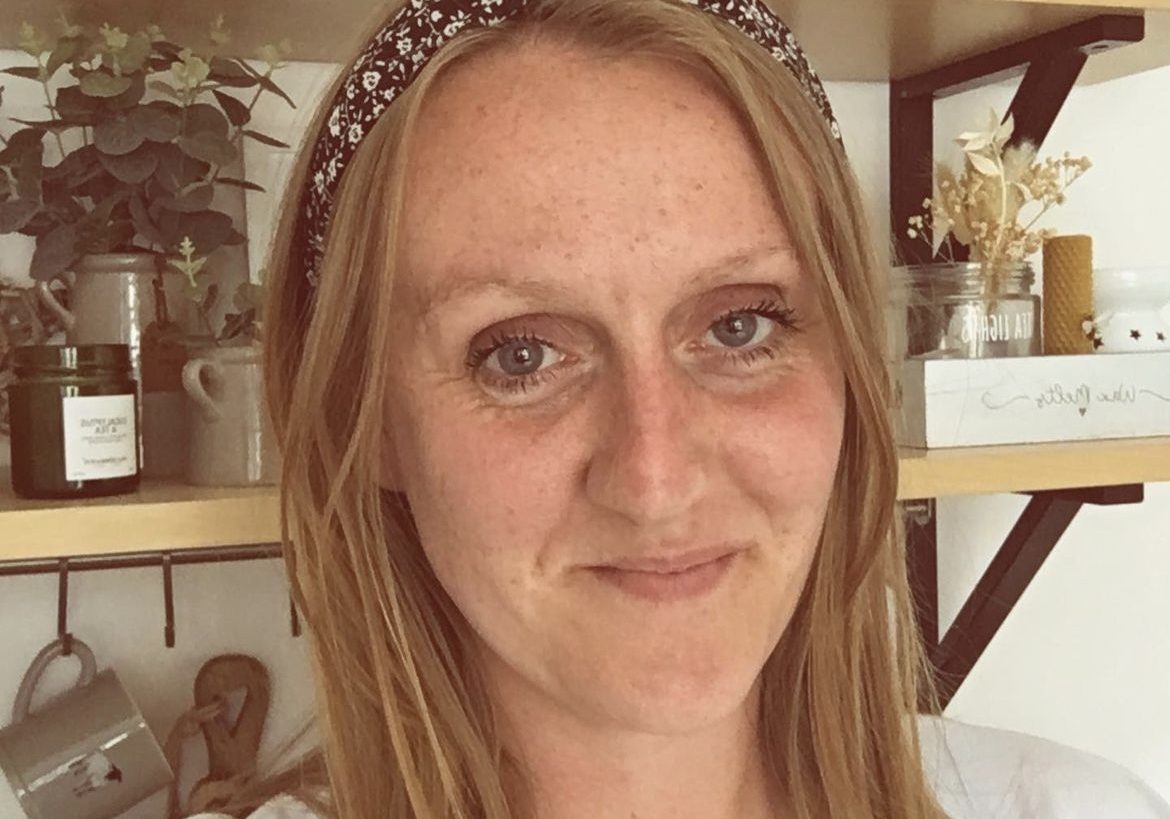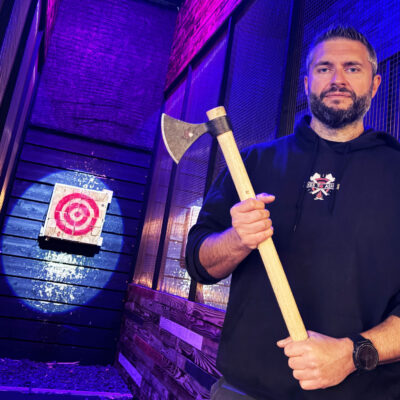
Slow Living
by Laura Storey
THE BENEFITS OF LIVING LIFE IN THE SLOW LANE
Sadie Dixon, 32, from Colne, is a devoted advocate of slow living, having embraced this lifestyle during the COVID-19 lockdowns. She found joy in the slower pace, and upon returning to the post-pandemic hustle, decided to maintain this more intentional way of life. Here’s how she integrates slow living into her daily routine, ensuring a happier, more meaningful existence for herself and her daughter.
Slow living is exactly what it sounds like—embracing life at a more relaxed pace. Proponents of this lifestyle argue that by slowing down, we can lead more meaningful lives, live more intentionally, and free up time to focus on what truly matters, whether that be activities or people.
The movement traces its roots back to Rome in 1986, where a protest against the opening of a McDonald’s at the bottom of the Spanish Steps sparked the birth of the slow food movement. The golden arches symbolised a threat to a culture that revered the slow, communal enjoyment of lovingly prepared meals. One protestor, Carlo Petrini, went on to found the slow food movement dedicated to promoting home cooking and the use of traditional, local ingredients.

In 1999, Geir Berthelson, a Norwegian physicist and business consultant, expanded the concept to all facets of life by founding The World Institute of Slowness. According to Berthelson, the secret to a better life was simply to live it more slowly.
Since then, the slow living movement has gradually gained traction in the UK, bolstered by similar philosophies like the Danish concept of Hygge, which became popular in 2017. Hygge emphasises creating a cosy atmosphere to enjoy time with loved ones.
The COVID-19 pandemic offered many of us a taste of slow living, whether we wanted it or not. With shops closed and social activities restricted, people turned to nature walks, passion projects, and long-forgotten hobbies. Evenings that might have been spent working overtime were instead filled with cooking meals at home and catching up with friends over video calls.
“Sadie believes in the importance of carving out personal time, even if just for ten minutes a day.”
For some, the post-pandemic return to the fast-paced “rat race” was unappealing. Sadie from Colne is one such person who embraced slow living after experiencing it during the lockdowns. “During COVID, everyone slowed down, and I enjoyed that,” she says. “When things started speeding up again, it felt like the world became more chaotic and impolite. I decided to change the way I was living to make life happier for me and my daughter.”

Sadie’s journey into slow living was influenced by personal experiences and inspirations she found on Instagram. “I would see posts that inspired me and incorporated those ideas into my lifestyle,” she explains. A search for “slow living” on Instagram reveals a variety of interpretations—from cooking delicious meals to gardening, cosying up with a book, embarking on adventures, or engaging in simple activities with children.
Sadie and her daughter enjoy local walks and visits to places like Gawthorpe Hall and East Riddlesden Hall, as well as the seaside, taking a calm approach and not stressing when things go awry.
“We visit the local library at least twice a week, too,” Sadie explains. “We take part in story time and other activities they host, and my daughter enjoys choosing which books to take home.”

Sadie also advocates for sustainable practices, such as buying second-hand and donating things to charity shops. “I love knowing that another child might get to enjoy books or toys my daughter no longer needs,” she says.
In the evenings, Sadie prioritises self-care. “I light my candles or use pillow mist spray,” she says. “That’s my time for me because realistically, seven days a week, I don’t get any time to myself.” Whether reading, painting her nails, or simply relaxing, Sadie believes in the importance of carving out personal time, even if just for ten minutes a day.
“Don’t force it upon yourself, and don’t expect perfection. Life is not perfect.”
While some who practice slow living shun technology, Sadie believes it can have its place. “I’m 32 and grew up in the 90s when we didn’t have the means to record everything we did. It’s bittersweet—I don’t always feel the need to share everything online.
“However, I do have a very positive experience with Instagram. I’ve met many people through it, including a woman from Somerset with whom I exchange postcards and little notes. It’s wonderful to make connections with different people, even if you never meet them in person. Social media can be a positive force, and that’s why I continue to use it—because it brings me joy.”

Her advice to those interested in slow living? “Don’t force it upon yourself, and don’t expect perfection. Life is not perfect. I still have moments where my daughter has tantrums, and I have meltdowns.” Embracing imperfections and taking things one day at a time is key.
Ultimately, slow living is about finding what works for you and integrating those practices into your daily life. It’s a personal journey that allows you to reconnect with what truly matters and find peace amidst the chaos of the modern world.
ColneLife July/Aug 24




